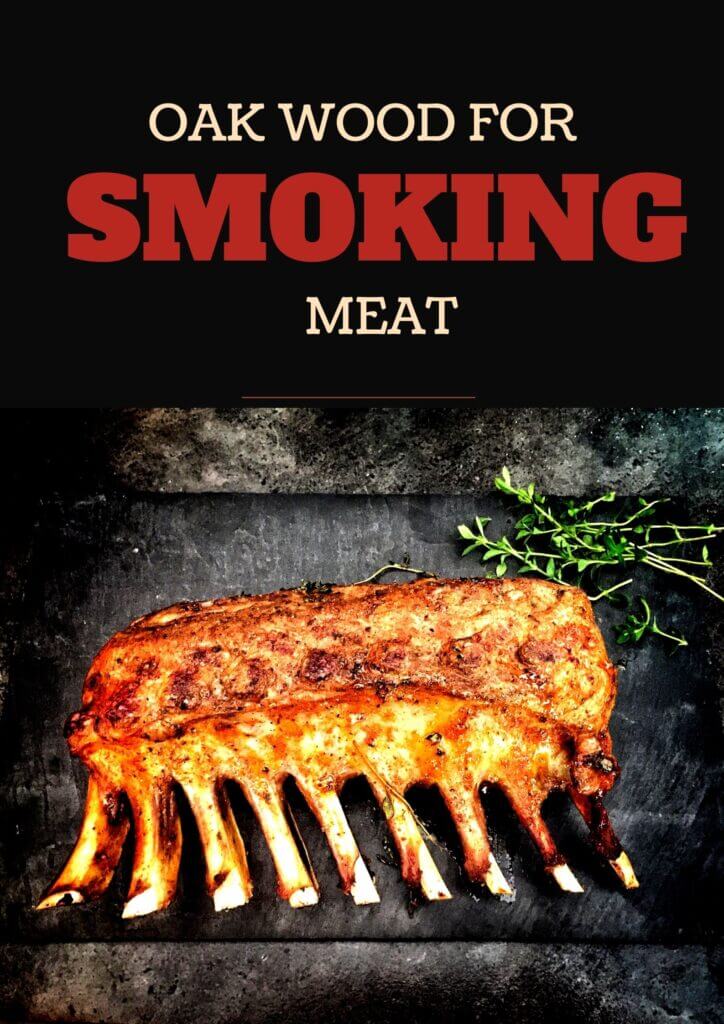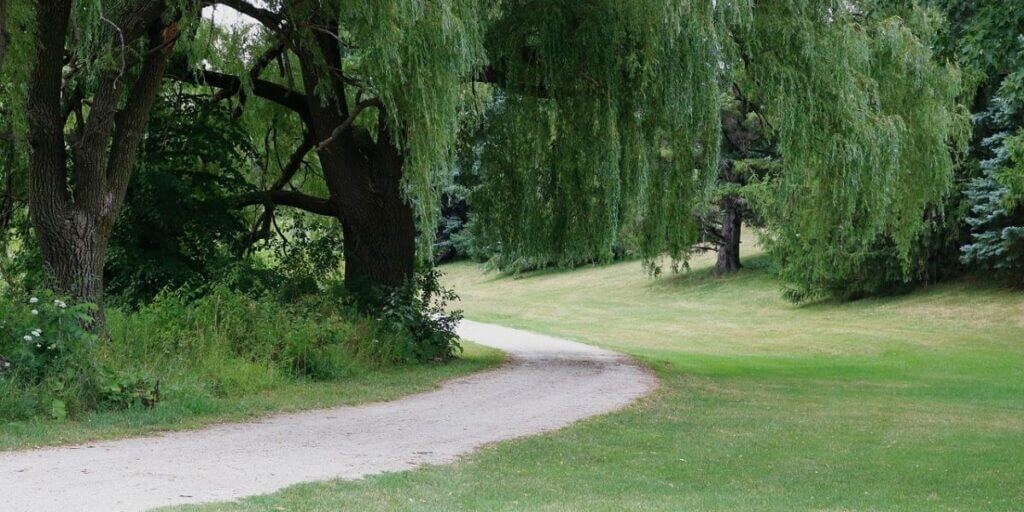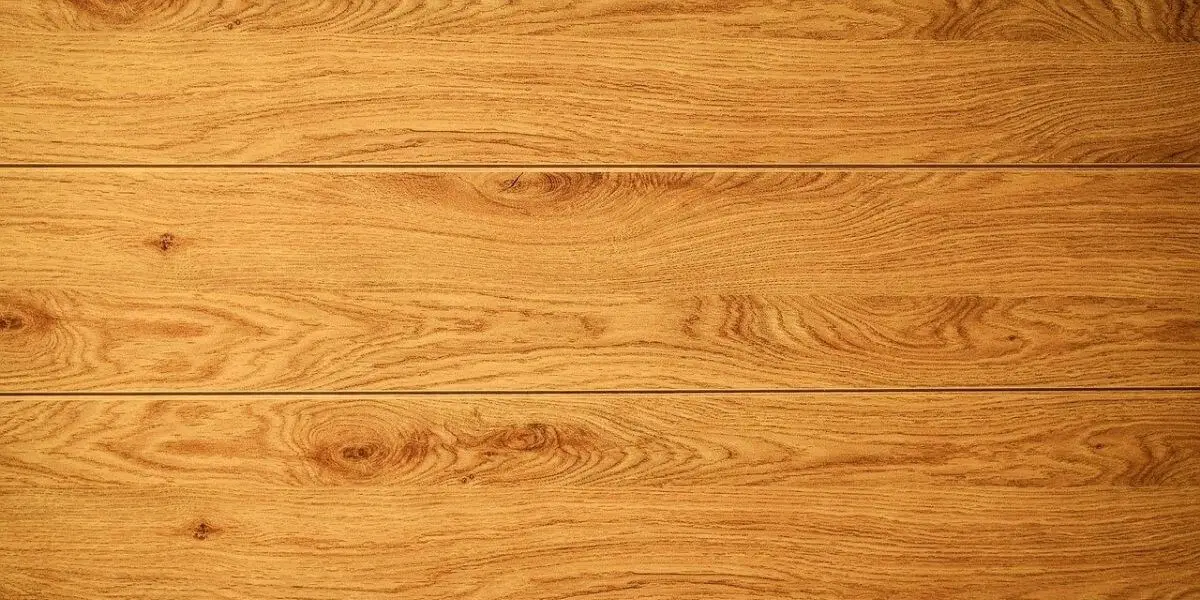Oak Wood Properties
Oak is a tree or shrub in the genus Quercus of the beech family. It is Grows in the Northern Hemisphere. There are more than 500 species of oak. The most common oak tree varieties are White Oak, Black Oak, red oak, Willow oak, and many others. Some of these are deciduous oak, and some are evergreen.
Oak wood is prized for its strength, hardness, heaviness, and density, as well as its close-grain structure. So, woodworkers like to use oak wood for making furniture, cabinetry, and flooring. Some oak wood has great properties of workability, durability, water, and decay resistance.
The density of oak wood is about 0.75 g / cm3 (0.43 oz / cu in). Therefore, Oak has great strength and hardness. Oak wood is a versatile wood; it is used for many interior and exterior applications.
| # | Oak Properties |
| Scientific name: | Quercus |
| Tree Size: | 40-45 meters |
| Janka Hardness: | 1,210 lbf (5,380 N) (Black Oak) |
| Workability: | Great workability |
| Color: | medium reddish-brown color (Black Oak) |
| Dried Weight: | 45 lbs / ft3 (715 kg / m3) (Black oak) |
Oak Wood Uses
- Commercial applications: Oak wood is very resistant to insects and fungal attacks due to its high tannin content. Therefore, it is suitable for exterior applications such as fences and siding. White oak is widely used for outdoor furniture.
- Flooring: If you are looking for wooden flooring, then red oak and white oak can be the best option. It has good weight and stiffness, which reduces the risk of dents and scratches.
- Marine Application: White oak is a highly durable and low-maintenance wood. The grain is straight and close, with a coarse, uneven texture. Suitable for making boats and decks.
- Firewood: White and red oak trees are the best options for firewood; both have 24 BTUs per cord value. Not all oak is good firewood because it contains a lot of moisture (more than 20%), such as willow oak and others.
- Musical Drums: Japanese oak is known for its superior drum sound. It has higher density compared to traditional drum materials like maple and birch.
- Medicine: Northern red oak bark is used for the treatment of diseases and wounds. At the same time, white oak is used in diarrhea, asthma, antiseptics, and hand washing.
- Foods and homes: Oak also provides sanctuary and food for many small animals in the forest. Many animals depend on oak food. English oaks provide homes for many insects, which in turn provide a food source for birds. White oak and northern red oak provide food for mammals, squirrels, turkeys, and birds.
Oak Wood Advantages and Disadvantages
Advantages
- High Density: Oak wood is known for its high density, which contributes to its strength and durability. The high density of oak wood makes it hard and fungus-resistant, making it low-maintenance.
- Durability: Oak wood is highly durable and can withstand wear and tear, making it suitable for various applications both indoors and outdoors. Oak wood is used for shipbuilding as it is resistant to water and moisture.
- Workability: Oak wood is known for its excellent workability; it is easy to work with hand and machine tools. It is straight-grained wood, making it easy to cut and glue, takes stain, and finishes very well.
- Availability: Oak wood is widely available in Europe and Africa, making it easily accessible for woodworking and construction purposes. Some species of oak, such as red oak and Nuttall oak, grow very fast. Their growth rate is 24 inches per year.
- Good Water Resistant: Oak wood is naturally resistant to water, making it suitable for applications where moisture exposure is common, such as outdoor furniture, decks, and boat building.
- Fire Resistance: The Coast Live Oak is a beautiful evergreen oak and native to California. It has good fire resistance properties.
Disadvantages
- Cost: Oak wood is often more expensive compared to other types of wood due to its durability, density, and popularity.
- Weight: Oak wood can be heavy, which may make it more challenging to work with and transport, particularly for large projects.
- Dark over time: Oak changes its color over time, taking on more amber tones.
- Tannic Acid: Another disadvantage of oak wood is that it contains tannic acid. Due to tannic, metals such as nails and screws may rust, and the wood may discolor.
Oak Wood as Firewood
Oak wood is considered excellent for firewood; it is a hardwood, produces high heat, and burns clean. Red Oak and white oak can be the best for firewood because of their great density.
Good-density wood has great cooling properties and produces high heat. Additionally, oak wood dries well and can be easily seasoned for optimal burning efficiency. Overall, oak wood is a popular choice for those seeking efficient and reliable firewood.
There are some reasons for using oak as the best firewood.
It is hardwood and has a higher BTU value. British thermal unit (Btu) is a measure of the heat content of fuels or energy sources.
Most oak wood is easy to split. Wood with more knots can be difficult to split. For firewood, it is better to use properly dried wood that has been aged for 3 or 4 years.
Oak Wood For Smoking

Oak is a popular choice for smoking. It lends a really rich, dark color to meats, and it has a mid-range flavor. Post Oak has a slightly sweet flavor, which is very liked in Texas BBQ.
If you’re smoking beef, lamb, pork, and poultry, red oak is a good choice. Being a hardwood, it keeps burning for a long time.
Types of Oak
There are more than 500 species of oak. Some oaks species are famous because of their unique properties and some are rare.
All these species have their own properties and use. For example, some species of wood are considered better for firewood, flooring, and furniture. Some famous species of oak are as follows.
1. White Oak (Quercus Alba)
White oak is native to eastern and central North America and found in Minnesota. Its tree is about 65-85 ft (20-25 m) tall and 3-4 ft (1-1.2 m) trunk diameter. It has straight grains, with a coarse, uneven texture. It is used for flooring, boatbuilding, barrels, and veneer.
The leaves of the White oak are funnel-shaped. It gives acorns once a year, which is about 2 cm (0.8 in) long.
2. Red Oak (Quercus Rubra)
Red oak is native to North America. Its tree is about 80–115 ft (25–35 m) tall and 3-6 ft (1-2 m) trunk diameter. It has straight grains, with coarse, and large open pores. Being open pores, it is bad water resistance. It is used for furniture, interior trim, flooring.
Red oak leaves are deeply situated to lob. The bark is dark brown and deeply fissured and acorns have a length of about 1 inch.
3. Black Oak (Quercus Velutina)
Black oak is native to eastern and central North America. Its tree is about 65–80 ft (20–25 m) tall and its trunk diameter is 3–5 ft (1–1.5 m). It has medium-to-large pores and fairly coarse grain. Black oak is used for Cabinetry, furniture, interior trim, and many applications. It has a light to medium reddish-brown color.
Leaves are alternate, simple, with 5–7 bristle-tipped lobes. They are 5–10 inches long, 3–8 inches wide.
4. Pin Oak (Quercus Palustris)
Pin Oak is also known as Swamp Spanish oak and is native to the Eastern United States. It is about 50–75 ft (15–23 m) tall, 2–4 ft (.6–1.2 m) trunk diameter. The grain is medium to large pores and fairly coarse.
Pin Oak is used for Cabinetry, furniture, interior trim, flooring, and veneer. The leaves of Pin oak are deeply situated near the center axis. The leaves are 15 cm (5.9 in) long. The flower and leaf sprout together.
5. Water Oak (Quercus Nigra)
Water Oak is native to the eastern and south-central United States. Its tree is about 50-80 ft (15-24 m) tall, 2-3 ft (.6-1 m) trunk diameter. It is medium-hard hardwood with a Janka hardness of 1,190 lbf (5,290 N).
Due to the great durability, workability, and natural beauty. It is used for flooring and cabinetry. Leaves alternate, simple and deciduous, and 3–12 cm (1–5 in) long and 2–6 cm (1–2–2 in) wide.
6. Bur Oak (Quercus Macrocarpa)
Bur Oak is also called Burr Oak, Mossycup Oak is native to eastern North America. Quercus Macrocarpa has the largest acorn of any North American oak. Its tree grows to a height of 98 feet (30 m), rarely 160 feet (50 m). The leaves are 2 3⁄4–6 in (7–15 cm) long and 2–5 in (5–13 cm) broad.
Due to its great durability, it may be the best option for flooring, fence posts, cabinets, and barrels. The acorns of Bur oak can be eaten boiled and raw.
7. Willow Oak (Quercus Phellos)

Willow oak is native to the eastern and central United States. It is found in moist places, around rivers, and in ponds. The growth of young willow requires a high amount of moisture and nutrition.
Its tree is 65–100 ft (20–30 m) tall, and the trunk diameter is 3–5 ft (1–1.5 m). The Willow oak tree is suitable for ornamental trees and wood for pulp and paper production. Being large open pores, it does not have water resistance. Janka Hardness of willow oak tree is 1,460 lbf (6,490 N). Read Willow Oak vs Pin Oak | Which Oak is Best For Firewood?
8. Spanish Oak (Quercus Falcata)
Spanish oak is native to the southeastern United States. The southern red oak is deciduous, so the leaves die each Autumn and later return to the season. Their trees are about 35–40 meters tall and tree trunks up to 1.5 meters (5 feet) in diameter. The leaves are 10–30 cm (4–12 in) long and 6–16 cm (2 1⁄4–6 1⁄4 in) wide.
Spanish Oak is used for making floors, furniture, and construction materials.
9. English Oak (Quercus Robur)
English oak is native to most of Europe west of the Caucasus. Its tree length is 80–120 ft (24–37 m) tall and wood hardness is 1,120 lbf (4,980 N). It is straight grain, sometimes it is irregular, it depends on their growing conditions.
The color of English oak heartwood is light to medium brown and sapwood is nearly white to light brown. It is used to make flooring, boatbuilding, barrels, and veneer sheets.
10. Live Oak (Quercus Virginiana)
Live oak is native to the Southeastern United States. Its leaf is about 5 inches in length. The length of the live oak tree is 40–60 ft (12–18 m) tall, 4–6 ft (1.2–1.8 m) trunk diameter. The leaves of live oak are usually narrow to a long oval and are stiff.
It is famous for its great resistance to decay. Therefore it is the best option for making boats, barrels, and veneers.
11. Post Oak (Quercus Stellata)
The post oak is known as iron oak. It has a tree length of 10–15 m (33–49 ft) tall and a trunk 30–60 cm (12–24 in) in diameter, Which is shorter than other oak trees. It has medium-to-large pores and fairly coarse grain.
Its Janka hardness is 1,350 LBF (5,990 N), It is capable of growing on dry sites and is resistant to decay. Therefore it is used for making railroad ties, siding, planks, construction timbers, stair risers and treads, flooring, pulp, veneer, and particleboard.
12. Gambel Oak (Quercus Gambelii)
Gambel Oak is a deciduous small tree or large shrub. The length of a mature tree is 3–9 meters (10–30 ft) but sometimes it grows up to 18 meters (59 ft). Its leaves are usually 7–12 cm (3–4.5 in) long and 4–6 cm (1.5–2.5 in) wide.
The Gambel oak tree is a food source for squirrels, wild turkeys, black bears, and domestic animals such as hogs.


Comments are closed.